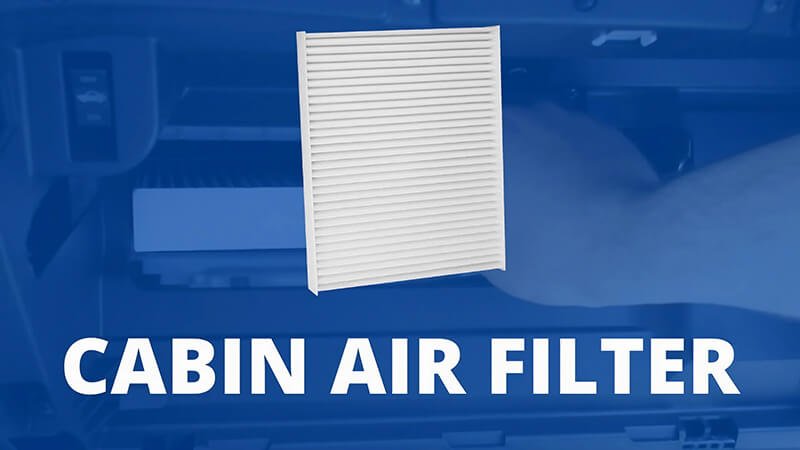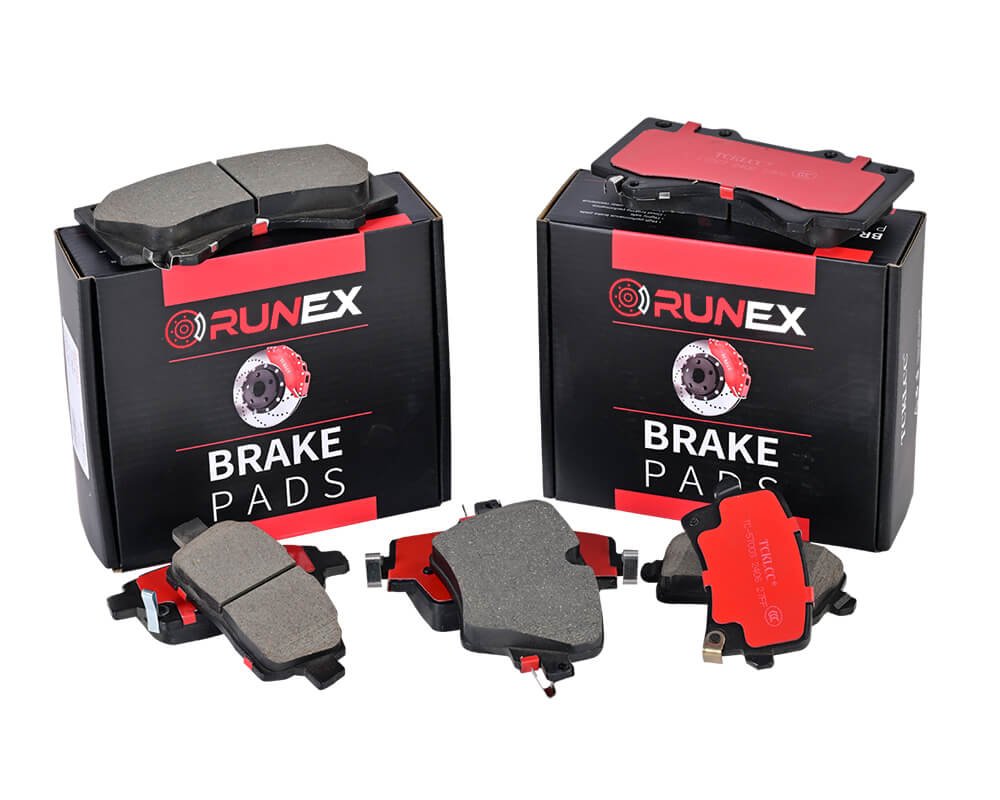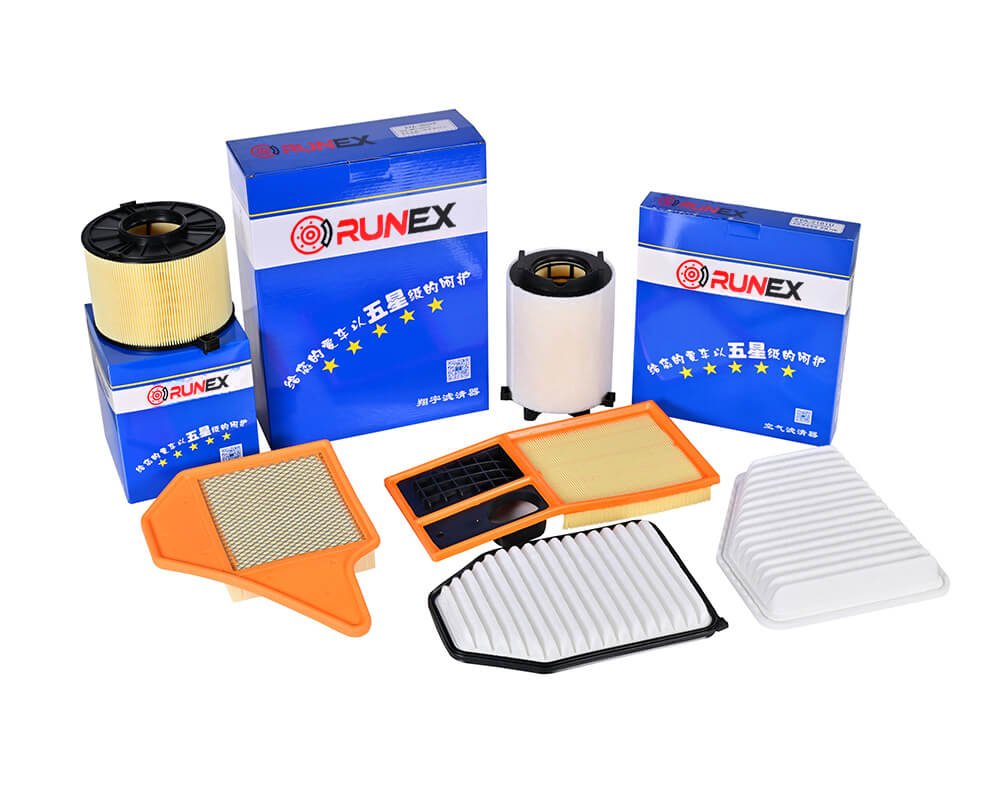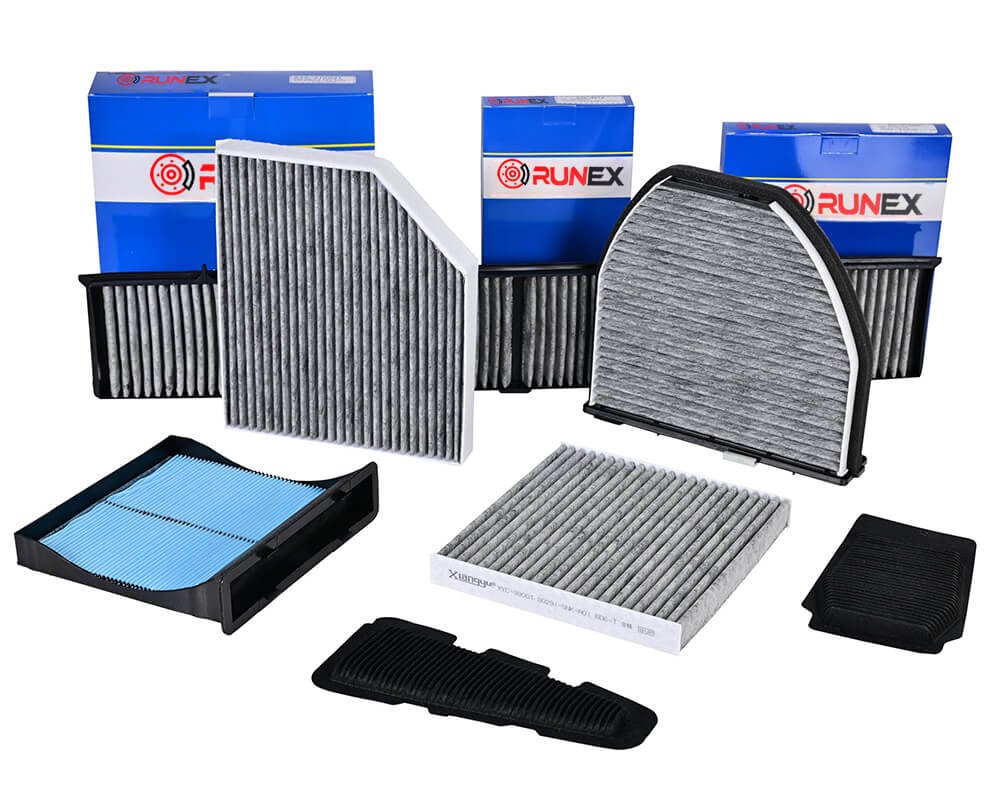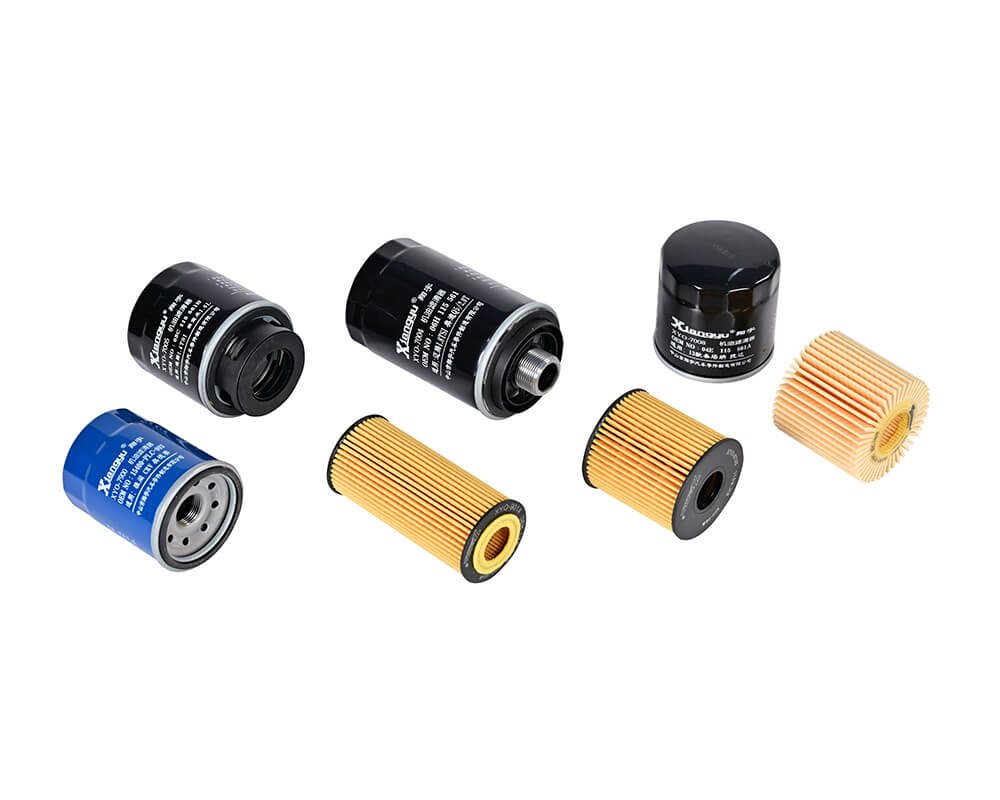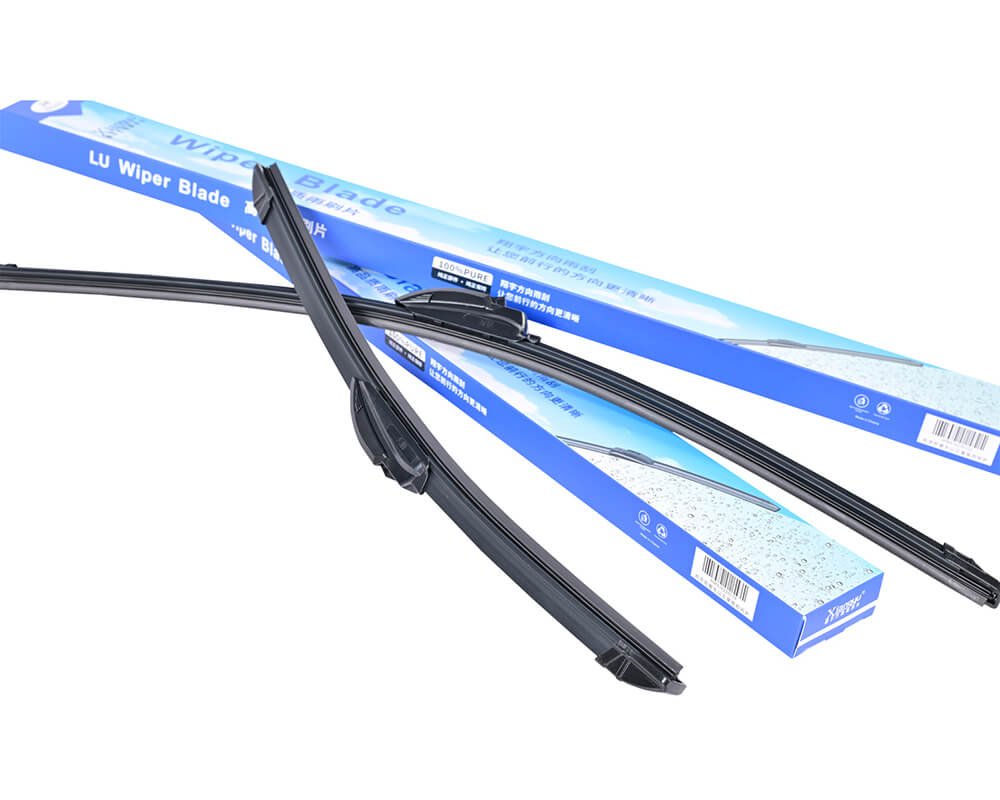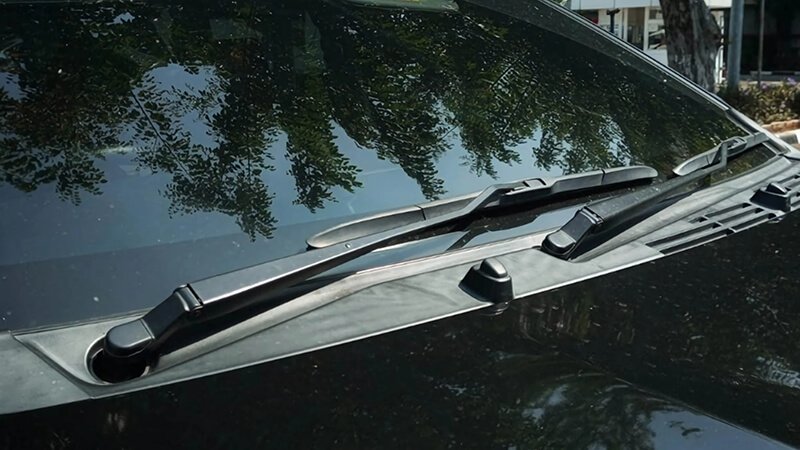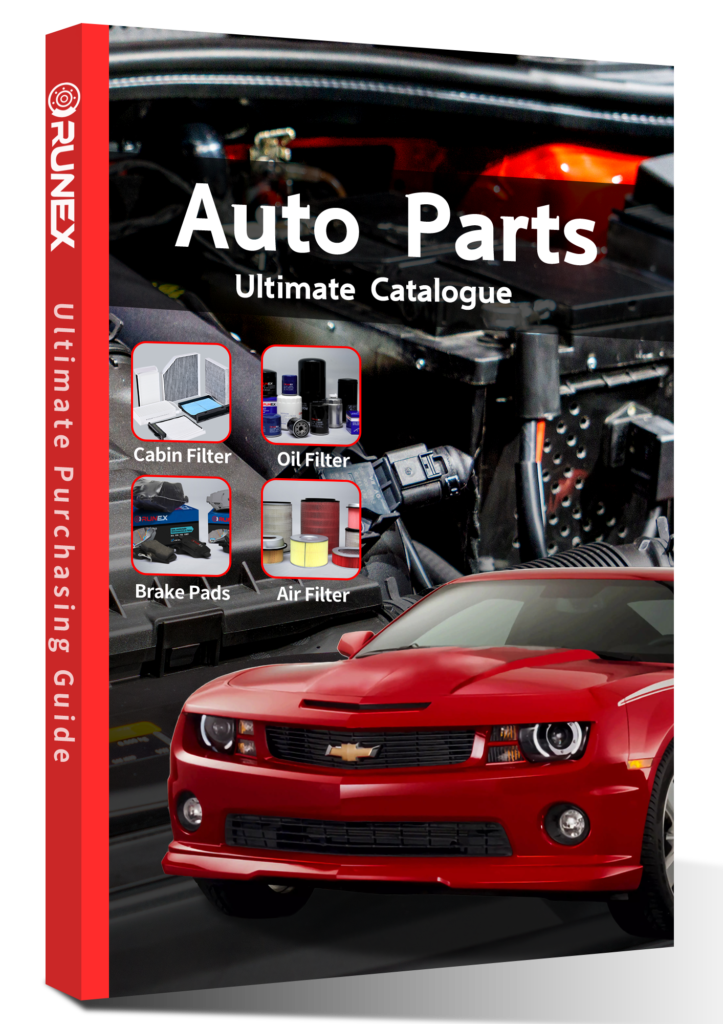A weak AC can ruin any summer drive. The fix is often a three-minute job most drivers never consider: checking the cabin filter.
Yes. A clean cabin filter restores unrestricted airflow, lets the evaporator work at full capacity, and brings faster cooling with less strain on the AC system.
Many owners replace refrigerant first, gamble on costly compressor swaps later, and only last uncover the real villain — a filter packed with dust and pollen. Let’s dig deeper so you never waste that money.

Can a dirty cabin air filter affect AC?
A clogged filter sits like a brick wall between the blower and the vents. I learned this the hard way on a cross-country trip: the AC screamed at full speed, yet lukewarm air dribbled out.
A dirty filter restricts the intake path, starving the blower, reducing mass airflow across the evaporator, and dropping cabin cooling capacity by up to 35 %.
Why restriction kills comfort
1. Pressure drop across media
The filter medium fills with debris. Static pressure on the upstream side climbs, while downstream pressure falls. The smaller the ΔP tolerance1 of the blower, the sharper the airflow loss.
2. Evaporator temperature rise
With low airflow, latent heat removal drops. The evaporator coil warms and humidity condenses unevenly, inviting mold.
3. Blower amperage spike
The blower spins faster to compensate, drawing more current, risking early brush wear.
| Scenario (120 mm-H₂O blower) | Clean Filter ΔP | Clogged Filter ΔP | Airflow @3 k RPM | Airflow Loss |
|---|---|---|---|---|
| Laboratory baseline | 45 Pa | 280 Pa | 210 m³/h | — |
| Six-month urban duty cycle | 48 Pa | 305 Pa | 198 m³/h | 6 % |
| Twelve-month dusty roads | 49 Pa | 390 Pa | 138 m³/h | 34 % |
When we bench-test filters at Runex Auto, once ΔP exceeds 300 Pa the evaporator outlet temperature2 rises by 4 °C within ten minutes. That feels like turning the AC dial two clicks warmer.

Does AC work better with clean filter?
Most people measure AC “strength” by chill alone. I measure power draw, vent velocity, and time-to-comfort.
Yes. With a new filter, vent velocity climbs, evaporator load falls, and the climate control reaches set-point faster — often cutting compressor runtime by 10 – 15 %.
Clean filter advantages, quantified
Energy and fuel economy
Less compressor duty3 means the engine or traction battery saves energy. Fleets tracking idle fuel consumption4 record up to 0.2 L/100 km savings after filter service.
NVH improvement
Lower blower RPM equals quieter cabin noise. Passengers notice the drop from 65 dB to 58 dB during highway cruise.
| Metric | Before Service | After Service | Improvement |
|---|---|---|---|
| Vent velocity (m/s) | 3.4 | 5.1 | +50 % |
| Cabin cool-down (25→20 °C) | 11 min | 7 min | −36 % |
| Compressor duty cycle (city) | 78 % | 63 % | −15 % |
| Blower SPL (dB) | 65 | 58 | −7 dB |
Back when I audited a delivery fleet, drivers ran AC at max all day. We swapped filters and logged HVAC CAN data5. Average compressor clutch cycles dropped from 145 to 112 per shift — proof that a €15 filter can save a €700 compressor.

What are the symptoms of a dirty cabin filter?
Drivers seldom peek behind the glovebox, so they rely on hints. Ignore them, and you pay later.
Typical signs include weak airflow, musty odors, foggy windows, higher fan noise, unexplained allergy flare-ups, and sporadic cooling.
Symptom diagnostics
Vent velocity test
Hold a sheet of tissue against the vent at fan speed 3. If it flutters weakly or drops, restriction is above 250 Pa.
Odor timeline
A damp, earthy smell in <10 s after start suggests microbial growth on trapped organic matter.
Fog persistence
If the windshield fog takes more than 60 s to clear with defrost on, humidity isn’t being removed fast enough.
| Symptom | Likely Filter Condition | Secondary Risks | DIY Check |
|---|---|---|---|
| Weak dash airflow6 | Heavily clogged | Blower overheating | Remove filter, shine light through it |
| Sour or moldy odor7 | Moist debris + bacteria | Passenger respiratory irritation | UV-light inspection for mold spots |
| AC fan sounds “higher-pitched” | Partial blockage | Bearing stress, brush wear | Compare fan amp draw vs spec |
| Persistent condensation8 | Airflow <70 % of spec | Window visibility hazard | Measure vent temperature drop |
When a filter in our test rig collected 50 g of dust, the blower current rose by 0.8 A — a 20 % hit. That extra load shortens motor life by thousands of cycles.

Does a clean cabin filter make a difference?
Some owners think cabin filters are just for pollen. I know they are the lungs of the HVAC. Clean lungs breathe easier; so does your car.
Absolutely. A clean filter delivers purer air, quicker cool-down, quieter operation, and less HVAC wear — benefits that ripple into fuel savings and healthier passengers.
Beyond chill: the bigger picture
1. Air quality and health
A fresh filter traps PM2.59, soot, brake dust, and pollen grains down to 1 µm. That shields asthmatics and children.
2. HVAC longevity
By keeping debris off the evaporator fins, the filter prevents corrosion and microbial slime, cutting costly coil replacements.
3. Interior cleanliness
Less dust enters; dashboards stay cleaner; sensors stay clear.
| Filter Type (Runex Spec) | Filtration Efficiency (PM2.5) | Pressure Drop @120 m³/h | Service Life (urban) | Added Layer |
|---|---|---|---|---|
| Standard paper | 78 % | 60 Pa | 12 months | — |
| Electrostatic media | 90 % | 68 Pa | 12 months | Melt-blown |
| Activated-carbon hybrid10 | 92 % + VOC adsorption | 75 Pa | 10 months | Carbon web |
| HEPA-grade (prototype) | 99 % | 120 Pa | 9 months | Nano fiber |
In my current project, we field-test a Runex HEPA cabin filter on London taxis. Despite a 120 Pa drop, passengers reported noticeably cleaner air, and drivers accepted the trade-off after we paired it with a higher-power blower motor.
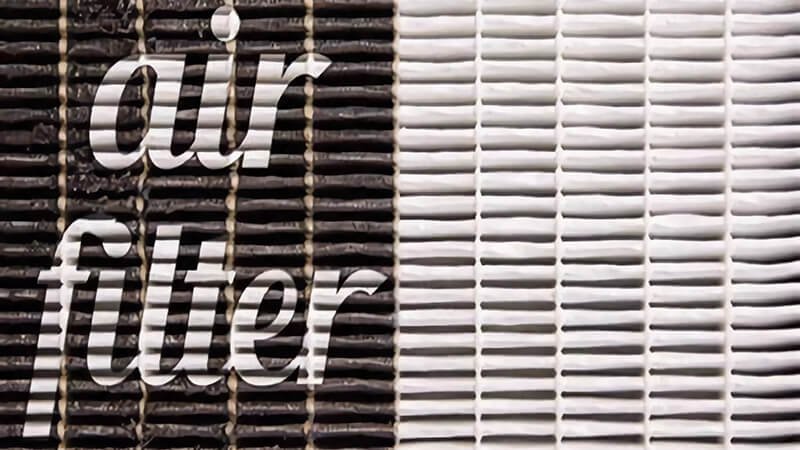
Conclusion
A cabin air filter11 is a €15 part that shields a €700 compressor, a €500 blower, and, most important, the health of every passenger. Replace or clean it on schedule, and your AC will cool faster, run quieter, and last longer. From fleet data to lab graphs, the evidence is clear: fresh filters pay for themselves, mile after mile.
-
Understanding ΔP tolerance is crucial for maintaining optimal airflow and preventing system failures. Explore this link for detailed insights. ↩
-
Learn how evaporator outlet temperature impacts efficiency and comfort in HVAC systems. This resource provides valuable information. ↩
-
Understanding compressor duty can help optimize fuel efficiency and reduce costs in fleet operations. ↩
-
Exploring idle fuel consumption can reveal significant savings opportunities for fleets and improve operational efficiency. ↩
-
Learning about HVAC CAN data can enhance your understanding of vehicle performance and maintenance strategies. ↩
-
Understanding the causes of weak dash airflow can help you diagnose and fix your vehicle's HVAC issues effectively. ↩
-
Explore effective methods to eliminate unpleasant odors from your car's AC system and improve air quality. ↩
-
Learn about the factors leading to persistent condensation and how to address them for safer driving conditions. ↩
-
Understanding PM2.5's health impacts can help you appreciate the importance of air filters in improving air quality. ↩
-
Discover how activated-carbon hybrid filters can enhance air quality by adsorbing VOCs and other pollutants. ↩
-
Finding the best auto air fitler from Runex auto, and clicking this link to get your brest product and price. ↩

